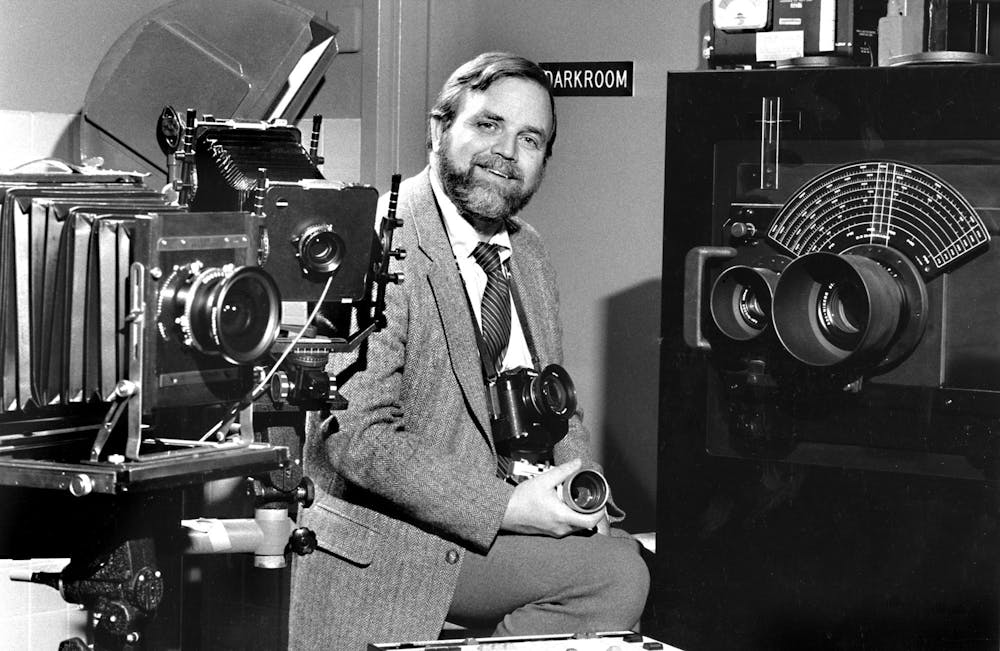CORRECTION: A previous version of this story stated that the book "Courage in the Moment: The Civil Rights Struggle, 1961-1964," included a collection of Jim Wallace's photos accompanied by text from former UNC Student Body President Paul Dickson. The text was by Wallace's friend and editor Paul Dickson, not the former UNC student body president of the same name.
James "Jim" H. Wallace Jr. was a man who knew how to be invisible at all the right times. As a Daily Tar Heel photojournalist who covered the civil rights movement in Chapel Hill, Wallace quickly made a name for himself with his ability to capture dramatic change up-close — resulting in striking and emotional photos of a movement for justice.
Wallace, who graduated in the class of ‘64, died on June 14 at the age of 77. He is survived by his wife, Jolleen and two children: James Wallace III and Maris Keither.
Career at the DTH
Wallace’s colleagues said as a photographer for the DTH, he developed a close relationship with demonstration leaders and the local police, giving him a unique ability to know about events beforehand and photograph them up-close, sometimes even from inside police barricades.
Jock Lauterer, adjunct professor in the Hussman School of Journalism and Media, trained under Wallace in the '60s as a photographer for the DTH.
“Because of the access and the rapport that he had with the cops and with the demonstrators, everybody just let him go anywhere and almost take anything,” Lauterer said. “If you look at these pictures, he's not 20 feet away, he's right in there.”
His photos, many of which are a part of the National Museum of African American History and Culture’s collection, depict demonstrations by Black Chapel Hill residents in many of the segregated establishments in the town.
“The (Daily) Tar Heel felt that the civil rights movement in Chapel Hill was important because while we did not have a lot of Black students, there were Black students on campus,” Wallace said in a lecture at the Hussman School in 2012. “The idea that we had students on campus who could not walk down to Franklin Street and go to any restaurant, or any movie theater or any of the other facilities that were down there was something that editorially, the editors that we worked for, felt was not right.”



